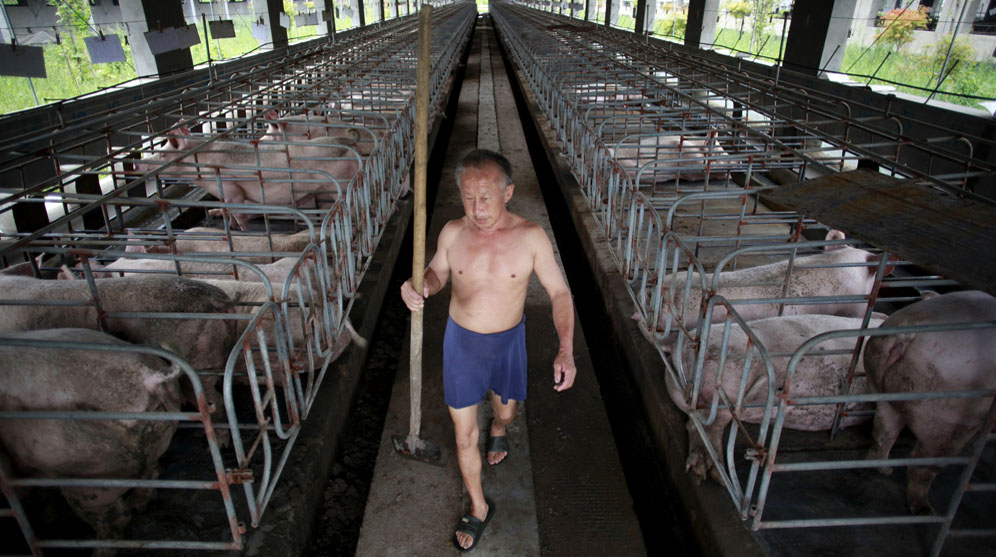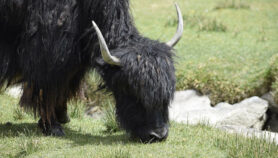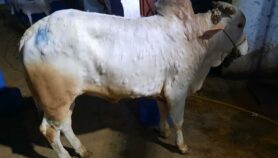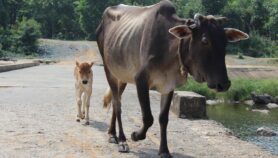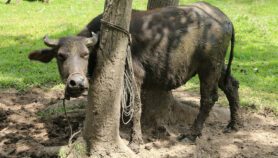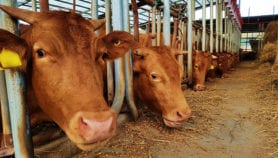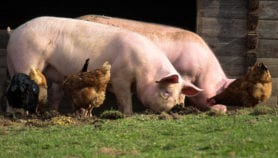By: Fatima Arkin
Send to a friend
The details you provide on this page will not be used to send unsolicited email, and will not be sold to a 3rd party. See privacy policy.
[VIENNA] Outbreaks of African swine fever in widely different parts of China, over the past month, have prompted experts, including from the Food and Agriculture Organization (FAO), to warn that the virus could spill into adjacent South-east Asia, with devastating consequence for hog industries.
By Wednesday (5 September), eight outbreaks had been reported in locations as far apart as 1,000 kilometres within China, which has the world’s largest swine industry. “The impact can be catastrophic as there is no treatment and currently no vaccine that can be used to protect swine farms,” Juan Lubroth, FAO’s chief veterinarian, tells SciDev.Net.
“The current strain that entered China is highly virulent, causing fever and death from multiple organ and system failures and internal bleeding”
Juan Lubroth, Food and Agriculture Organization
While this is not the first time that swine fever has been detected outside of Africa — outbreaks in Europe and the Americas date back to the 1960s — the FAO does not know how the virus reached China. “We suspect that it was an extension of an outbreak from a neighbouring country through the movement of pigs or pork products,” says Lubroth. “Infected wild boars are a possibility, but not likely.”
Lubroth says the links with parts of Africa, where swine fever is endemic, could be a possibility that FAO is looking into. This ‘traceback’ approach, he says, is important to reduce further spread from the same source. He emphasises that the need is to focus attention and resources on protecting the areas that are not infected.
“The clinical signs in pigs vary considerably depending on the virulence of the African swine fever strain,” says Lubroth. “The current strain that entered China is highly virulent, causing fever and death from multiple organ and system failures and internal bleeding.” Often, once it has been diagnosed, entire herds are preventively culled.
Vietnam is probably at greatest risk, considering its common border with China and the significant trade between the two countries, Roger says. Thailand may be less vulnerable if it takes rigorous biosecurity measures, while insularity could protect the Philippines. Other countries like Cambodia and Laos are also at risk but less prepared due to weak veterinary services, he says.
In order to prevent the spread of swine fever to South-east Asia, Roger recommends that local veterinary services maintain efficient surveillance systems, have strong emergency preparedness plans and also try to figure out where and when the virus might make an entry.
This piece was produced by SciDev.Net’s Asia & Pacific desk.


